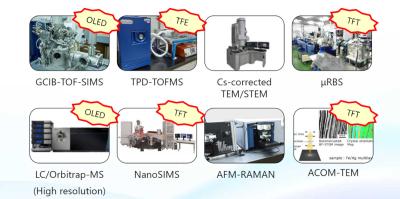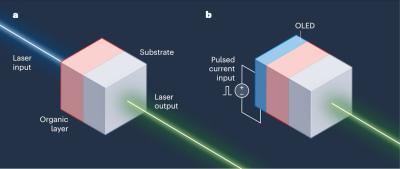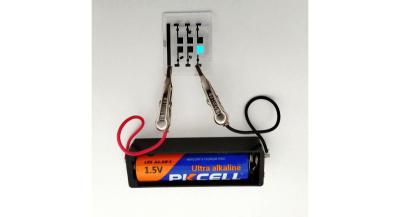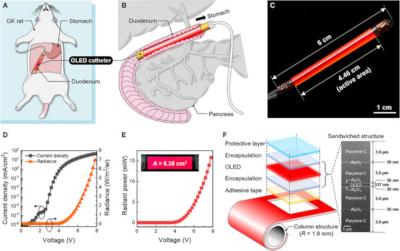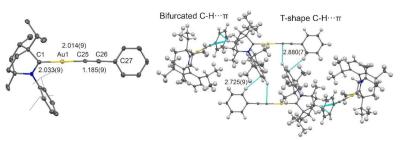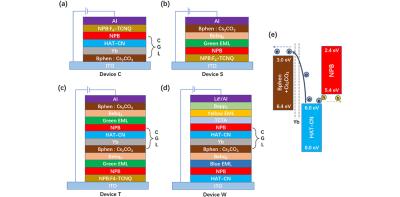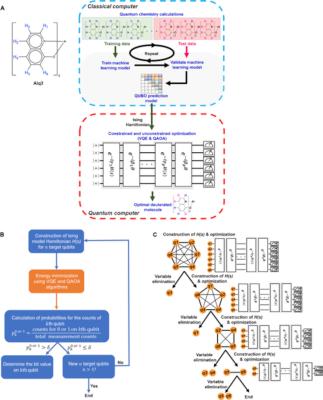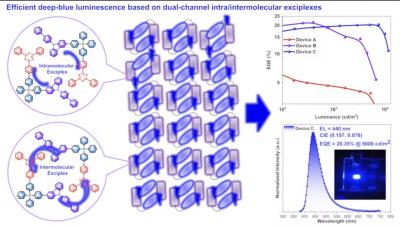Toray Research Center to share an open webinar to discuss OLED device analysis and technologies
On November 2nd 2023, Toray Research Center (TRC) will share an open online webinar focused on OLED technologies. TRC, who supplies technical analysis and support for R&D and manufacturing, invites you to attend the online lectures at no cost, to get a deeper understanding on OLED technologies and analysis of OLED devices. The webinar recordings will be accessible from November 2nd, for two weeks.
The first lecture, titled 'current analytical techniques for displays', will focus on current techniques used for OLED analysis, including OLED layers observation by high-contrast STEM, OLED layer construction analysis by GCIB-TOF-SIMS and TOF-SIMS MS/MS and quantification analysis using LC/CAD. The same lecture will also discuss recent topics in analysis technology, including the degradation analysis of QD devices.
